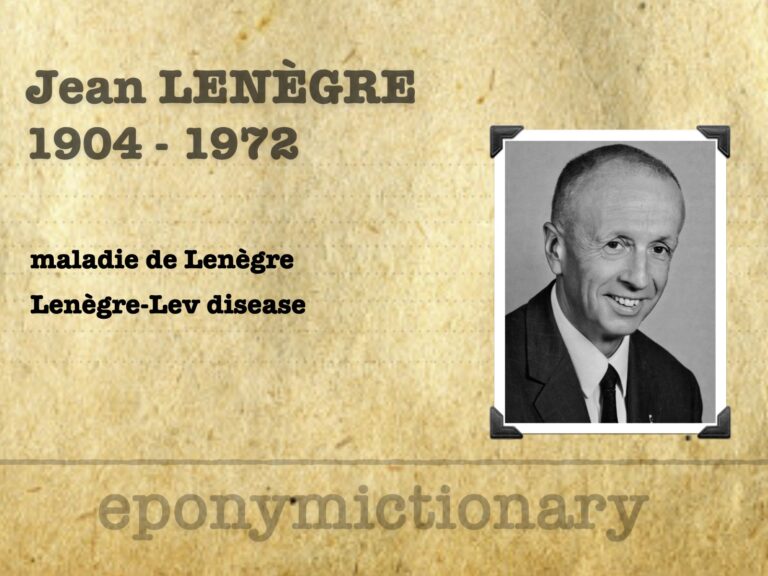
Jean Lenègre
Jean Lenègre (1904–1972), French cardiologist, defined Lenègre’s disease and pioneered cardiac electrophysiology, catheterization, and bundle branch pathology

Jean Lenègre (1904–1972), French cardiologist, defined Lenègre’s disease and pioneered cardiac electrophysiology, catheterization, and bundle branch pathology
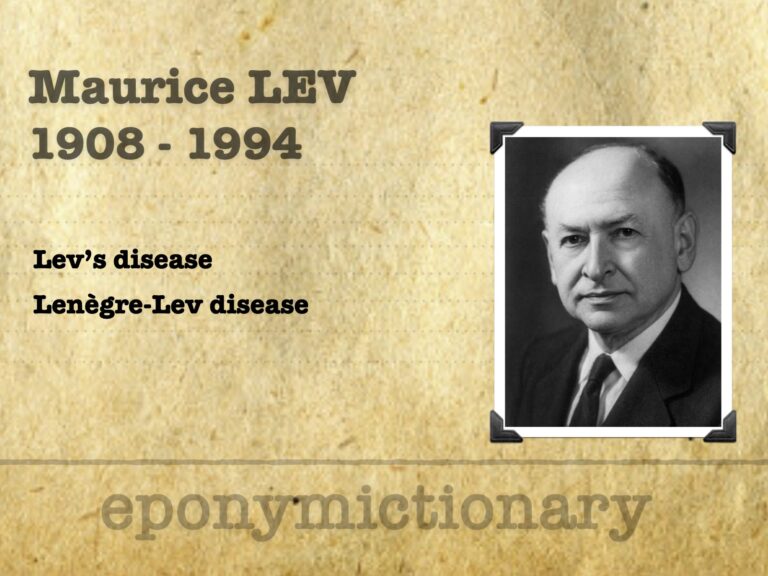
Maurice Lev (1908–1994), pathologist and teacher, defined Lev’s disease and advanced cardiac conduction and congenital heart pathology through over 500 publications

Stokes-Adams syndrome is an abrupt, transient loss of consciousness due to a sudden but pronounced decrease in the cardiac output
Robert Adams (1791–1875), Dublin physician, first described Adams–Stokes syndrome and pioneered clinical-pathological correlation in heart disease
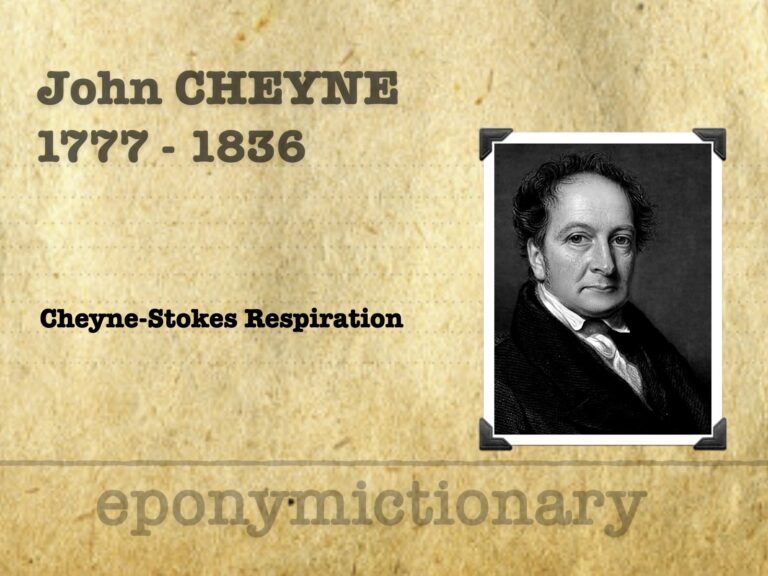
John Cheyne (1777–1836), Irish physician, co-described Cheyne-Stokes respiration, advanced clinical neurology, and linked pupils to brain injury

Cheyne-Stokes respiration is a cyclical breathing pattern of apnoea and hyperpnoea, seen in heart failure, brain injury, and end-of-life settings.
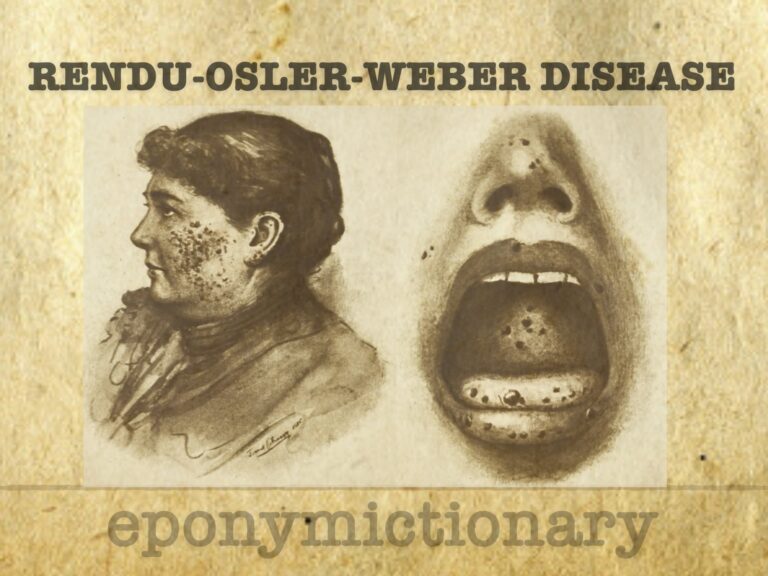
Rendu-Osler-Weber disease (aka Hereditary haemorrhagic telangiectasia (HHT)) is an autosomal dominant disorder characterised by epistaxis, cutaneous telangiectasia, and visceral arteriovenous malformations (AVMs).
May–Thurner syndrome (MTS). Venous compression syndrome causing left-sided iliofemoral DVT, first anatomically defined by May and Thurner in 1957.
Josef Thurner (b. 1927), Austrian pathologist and co-eponym of May–Thurner syndrome; led pathology in Salzburg and published widely on venous disease.
Robert May (1912–1984), pioneer of scientific phlebology; co-described May–Thurner syndrome and the May perforating vein, advancing venous diagnostics.

Alfred Lewis Galabin (1843-1913) English obstetric physician. Using an apexcardiogram he was documented atrioventricular (AV) block in humans.
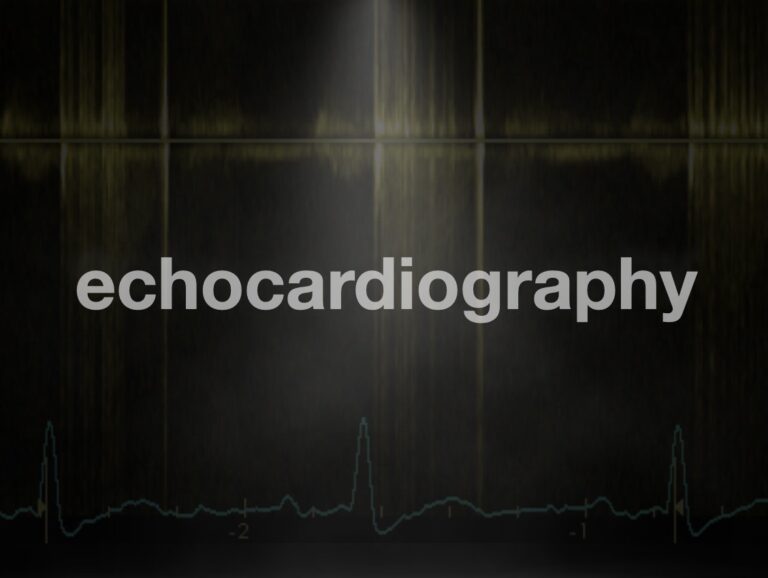
Echocardiography and valve measurements. Comprehensive assessment requires measurements to be made from 2D images and the waveforms generated during Doppler investigations